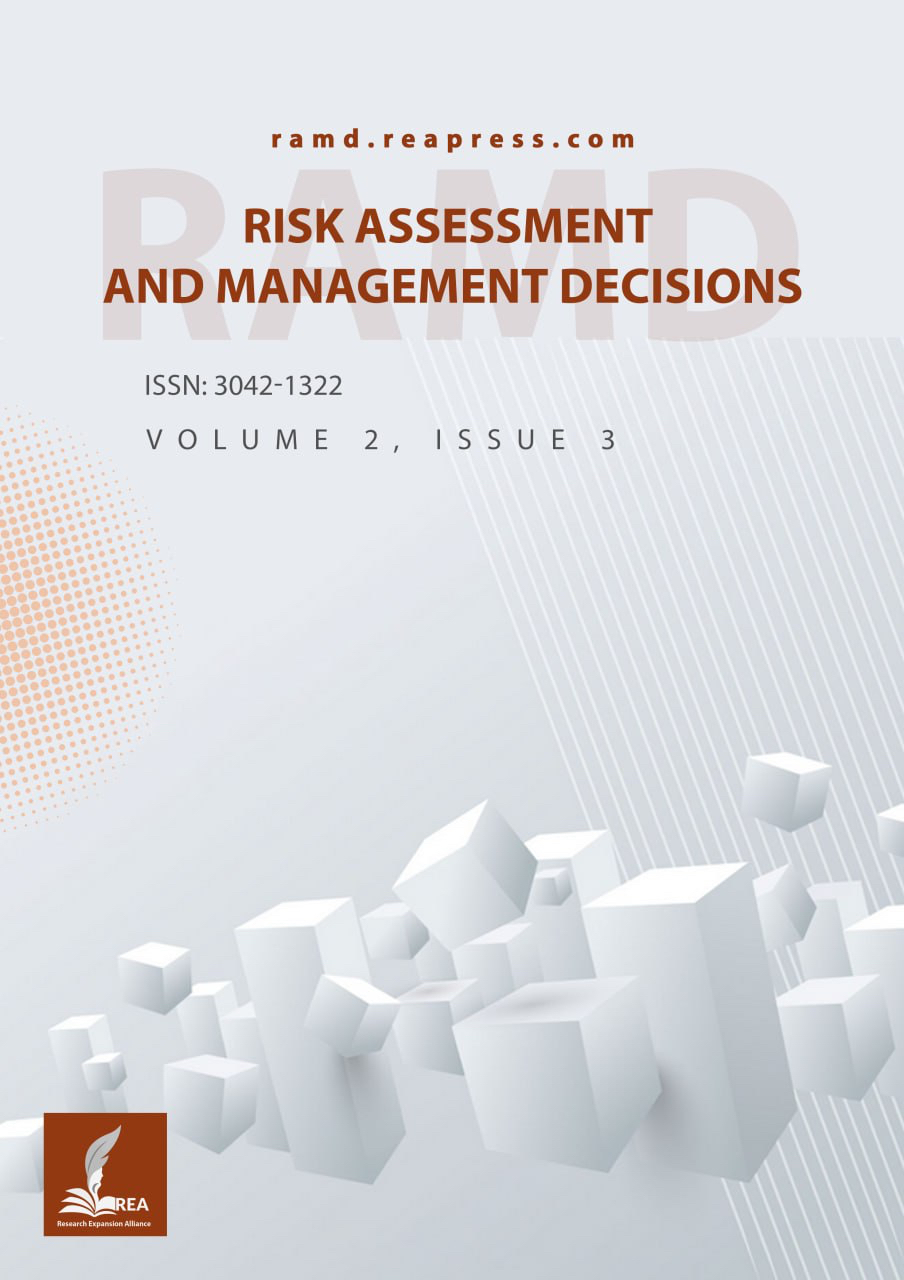State-Dependent Linear Utility Functions for Monetary Returns
Abstract
We present a theory of expected utility with state-dependent linear utility function for monetary returns that includes results on first order stochastic dominance, mean-preserving spread, increasing-concave linear utility profiles, and risk aversion. Applying the expected utility theory developed here, we analyze the contract a monopolist would offer in an insurance market, allowing partial loss coverage. We also define a utility function for monetary wealth that, in a certain sense, reconciles state-dependent constant average utility of money with loss aversion and the Friedman-Savage hypothesis. As an immediate consequence of such a utility function, we obtain a profile of state-dependent linear utility functions for monetary wealth, where states of nature correspond to intervals in which monetary wealth may occur. The intervals are mutually disjointed, and an interval corresponding to greater monetary wealth has a lower positive average utility of monetary wealth.
Keywords:
Utility function, State-dependent, First-order stochastic dominance, Mean-preserving spread, Risk aversion, Loss aversion, Friedman-savage hypothesisReferences
- [1] Kahneman, D., & Tversky, A. (1979). Prospect theory: An analysis of decisions under risk. Econometrica, 47(2), 263-292. https://www.jstor.org/stable/1914185
- [2] Friedman, M., & Savage, L. J. (1948). The utility analysis of choices involving risk. Journal of political economy, 56(4), 279–304. https://home.uchicago.edu/~vlima/courses/econ200/spring01/friedman.pdf
- [3] Lahiri, S. (2022). Utility function for monetary gains (and losses) satisfying Friedman-Savage hypothesis. Journal of mathematical economics and finance, 8 (14), 23–30. https://www.ceeol.com/search/article-detail?id=1083278
- [4] Lahiri, S. (2023). Understanding expected utility for decision making. Management, 11(2), 93–104. https://www.davidpublisher.com/Public/uploads/Contribute/648915d6c3c35.pdf
- [5] Lahiri, S. (2023). Understanding ramsey-de finetti probabilities and the St. Petersburg paradox. Economics & management information, 2(2), 1–4. https://doi.org/10.58195/emi.v2i2.91
- [6] Karni, E. (1985). Decision making under uncertainty: the case of state-dependent preferences. Harvard University Press. https://www.amazon.com/Decision-Making-Under-Uncertainty-Karni/dp/0674493990
- [7] Bonanno, G. (2019). Uncertainty, risk and information. Kindle Direct Publishing. https://ssrn.com/abstract=3503731


